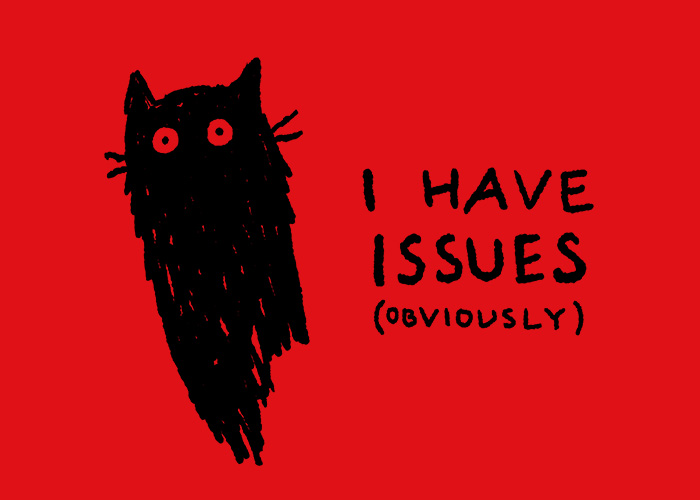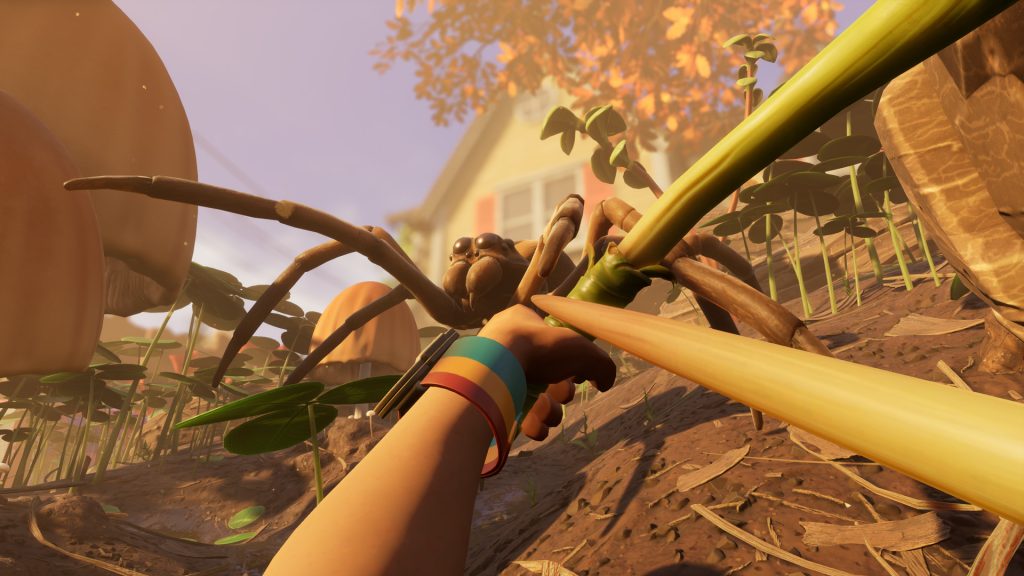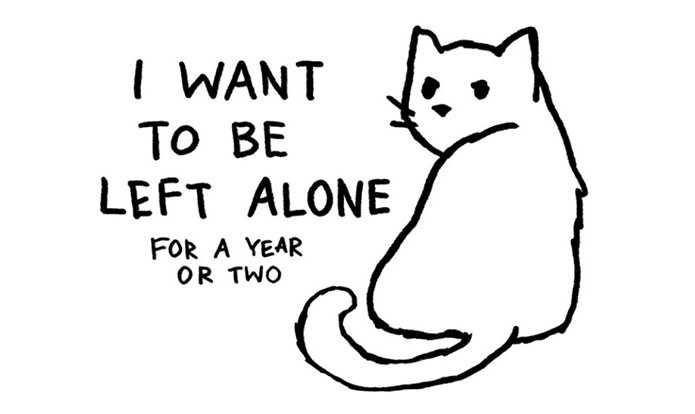
Notes
Co-op games research – Morkredd
I visited my brother yesterday, and we played a bunch of games. One of the games was Morkredd, a co-op game. Each player has a character and you have to work together to guide a giant light orb through corridors and terrains. You must be cautious because shadows kill you.

We played for half an hour and had fun, but we were also approaching it as research because we want our next game to be a co-op game. Nowadays, anytime we play co-op games, we pay attention to what works or what doesn’t, what makes a co-op game fun, what makes us keep playing.
Morkredd has some problems, like any game. For example, there’s really only minimal story. I know some people would consider it a plus, but I like games that have some plot, not just a string of puzzles to solve. If Morkredd was a single player game, I wouldn’t want to play it, but co-op makes everything more amusing. I remember that when I played Celeste, I was dying too often — every few seconds — and so I got fed up quickly and never went back to the game. But in a co-op game you have much more patience for dying, particularly if it’s dying in an absurd way. In Morkredd, you die when you step into shadows, even each other’s shadows. And we were constantly walking into each other shadows. It was actually ridiculous how often we were dying because we kept forgetting. However, we didn’t tire of it, we just kept trying again and again.
I checked Morkredd stats and unfortunately it looks like the game didn’t sell well. Actually, it sold poorly, and it’s sad because the game definitely has potential. It was released 8 months ago but has just 20 reviews on Steam. You can roughly estimate how many copies a game has sold by multiplying the number of reviews by 55. It won’t work for some games, but it works for most, as a general estimate. If you multiply 20 by 55, you get 1100. That means Morkredd sold around 1100 copies. That’s too bad. I don’t know how long the game was in development but it looks polished and is about 3 hours long. It’s devastating when you work on something for months, or maybe years, and then it gets completely ignored. I hope the studio survives this and makes more co-op games.
The best puzzle so far was when we had to row a boat, each of us controlling one oar. If you want to play Morkredd, make sure to play with a friend.

this is me today
I’ve been trying to follow the keto diet. Which means pizza is definitely out of the question. But today I am visiting my brother and his wife and we are making pizza!

Register artwork for $45, not $65
This is just a quick note to let you guys know that if you want to register your artwork in the US Copyright Office, then you can register it for $45. Maybe you already knew that, but I didn’t. When I was registering my first artwork I chose the Standard Application which costs $65. However, if there’s only one author, you can choose the option “Register One Work by One Author”. It wouldn’t matter that much if I only had one or two designs to register, but I have about 20.

Increasingly Dubious
Breaking Grounded
Now that I have an assistant, I even have some free time.
Over the weekend I played Grounded with my brother. It’s the first game we played in months. We used to play a lot of Factorio and Borderlands, but we haven’t played those since January.
Grounded is a game where you play as a very shrunken teenager. Do you remember the movie, “Honey, I shrunk the kids”? It’s very much about that.

At first, we were running around trying not to get eaten by ants and spiders and failing every other minute. Soon, we got bored with that. And instead decided to build a stairway, as high as possible.

We could see the entire garden from above.

The game started glitching: stairway was disappearing and reappearing; we were seeing each other in different places than we were really occupying. We built the stairway so high that we could see far away, even beyond the fence. There’s nothing there.

Those far away building are floating in air. There is no ground there because the developers didn’t expect anyone to travel there. They will probably limit how high you can build in future versions.
It was fun for a few hours, particularly because we could play together. If I were to play on my own, I would have gotten bored sooner. The game seems unfinished, fighting was unsatisfying, and resources gathering felt clunky. Oh, and the game crashed two times. It’s still in Early Access though, so they will probably fix most of those issues.
My neighbors have a dog that barks at night
If your dog does something you don’t like, there’s an elegant way of getting rid of that behaviour. Most people don’t know about it, and I certainly didn’t until I read about it in Karen Pryor’s book “Don’t Shoot the Dog”. The method is: put the unwanted behaviour on cue, and then almost never give that cue.
As an example, if your dog barks at night or at random people, you can teach your dog to bark on command. And then only give the command sometimes, in a controlled setting, to reinforce it. The behaviour will disappear when the command is not given.
I wish my neighbors knew about it.
Here’s a brief explanation of the technique (Method 6: Put the behaviour on cue).
And here’s some basics of using a clicker which will speed up the training.
Read your contracts and negotiate
If you read this blog, then you are most likely an artist or graphic designer, not a game developer. Regardless, you can learn a lot from an analysis of a game publishing contract.
A while ago, a game publisher, Raw Fury, posted online their standard contract that they sign with game developers. The collaboration between a game publisher and a game developer usually works like this: a game developer makes a game, and a game publisher is responsible for publishing and marketing, and they split the revenue. Everything is specified in a contract.
Most publishers don’t disclose their contracts, so we don’t know what they look like. Raw Fury, however, published their contract online — that’s already great. But the best thing is that Jan Willem Nijman, a game designer, went through the contract and made comments. As he says, there are some red flags, like the fact that Raw Fury adds a 15% markup to the advance money that they pay the developer. As an example, let’s say that during the development of the game, the publisher pays the developer $1000 to help with expenses. Afterwards, the developer needs to pay back $1150. That’s a lot. Also, Raw Fury expects to share the revenue 50-50, which is very unfair. You should never agree to a contract like that if you are a game developer — after all, you are doing most of the work for years. The standard is 70-30 — where 70% goes to the developer, and 30% to the publisher.

Still, it’s gracious of Raw Fury that they showed us their contract. It’s useful, you can learn a lot from it.
I am now much more careful with contracts that I sign. And most contracts can be negotiated. You can read it, and find parts you think are unfair, and you can usually negotiate them out of a contract.
Register your work
If you are an artist/designer/photographer, you likely had your art stolen and used illegally. If not, it’s just a matter of time. Every day thousands of thieves try to sell artwork they have no rights to. This is an ongoing problem, and it isn’t going away anytime soon.
But one thing that’s been changing is that more and more artists are fighting back and suing the infringers. Even if you don’t plan to sue anyone yet, you can still prepare for the future when you can invest some money in lawyers.
And the first step is to register your artwork in the US Copyright Office. You should think about it even before you publish your artwork because this way you can save a lot of money. When I started making designs, I knew nothing about registering copyright. And even when I found out about it, I still hesitated for months because I thought I couldn’t afford it..
Now, when I am finally registering my designs that are already published, I need to pay $45 for each design registration. If I’d registered them before publishing, I would have paid $85 for 10 designs.
Expressing myself through cats :)
Do you also feel you really need longer stretches of alone time? I often feel this way. And I know most people don’t understand it.
A lot of my designs express my feelings and this one is no exception:

It’s exaggerated, of course. I don’t think I would need a year or two. But lately I’ve been spending a bit too much time with people, and now I need need some distance.
